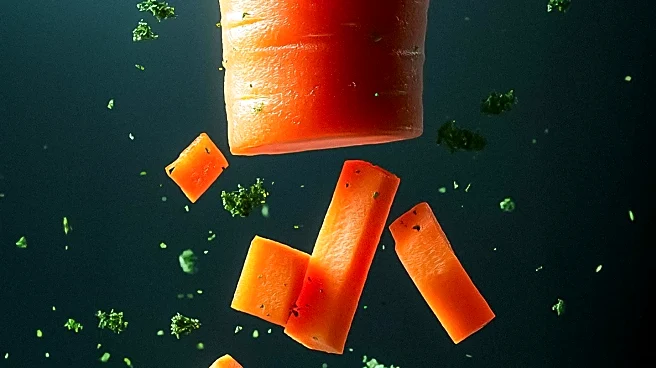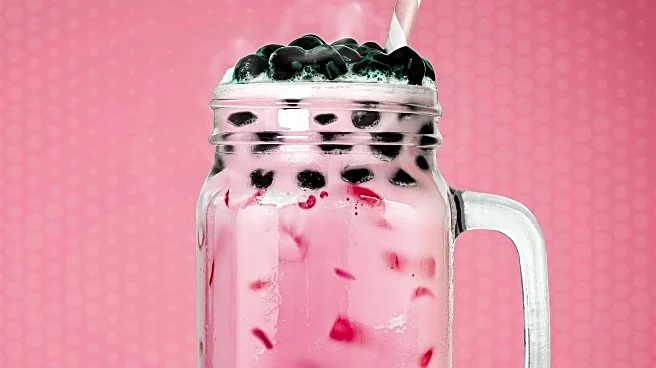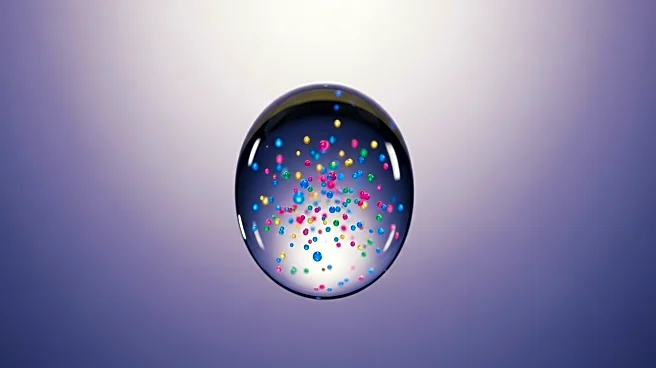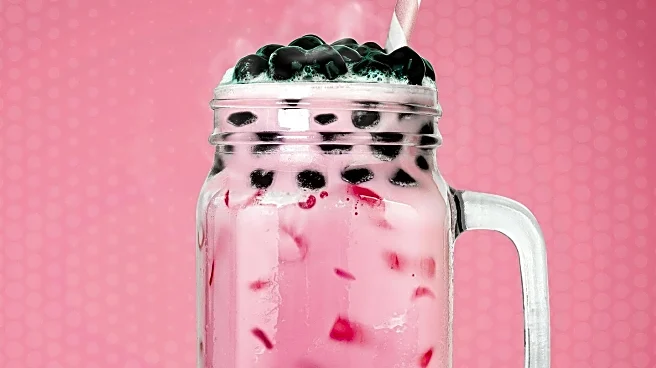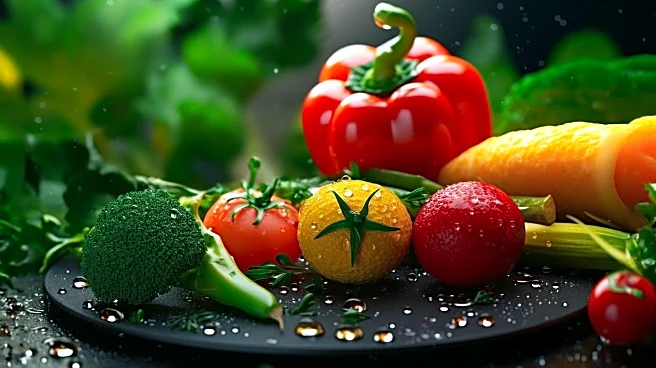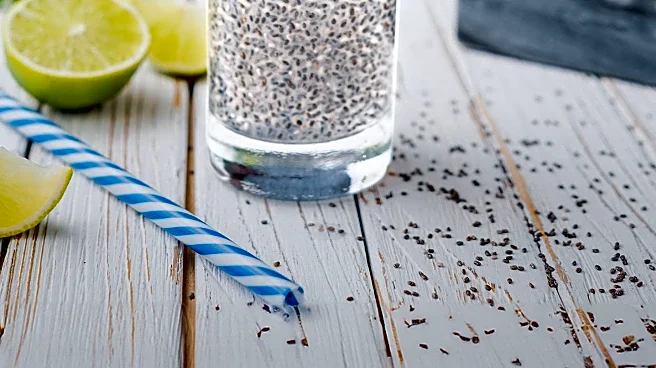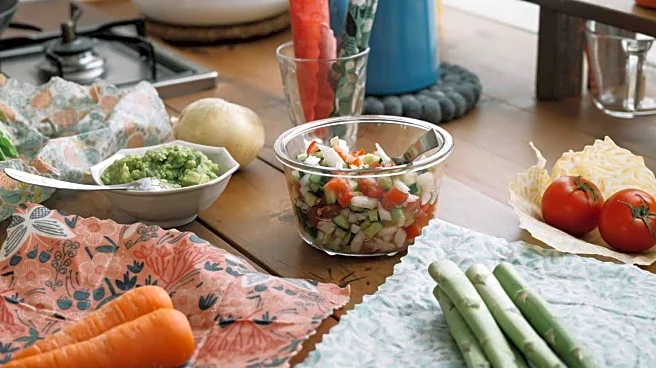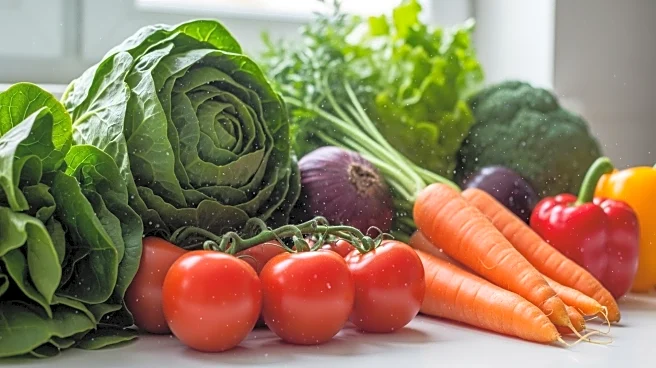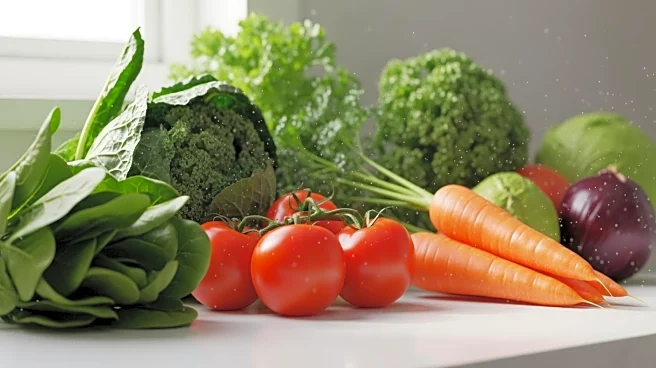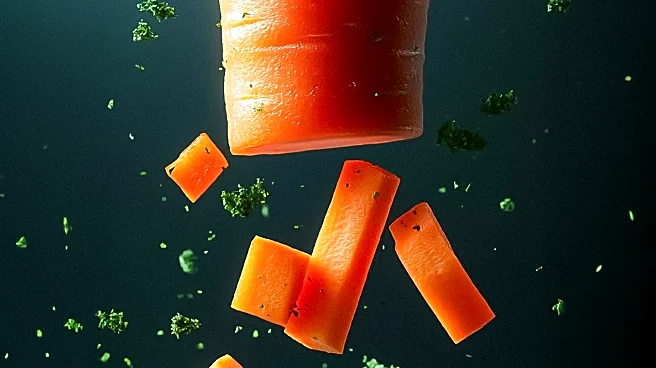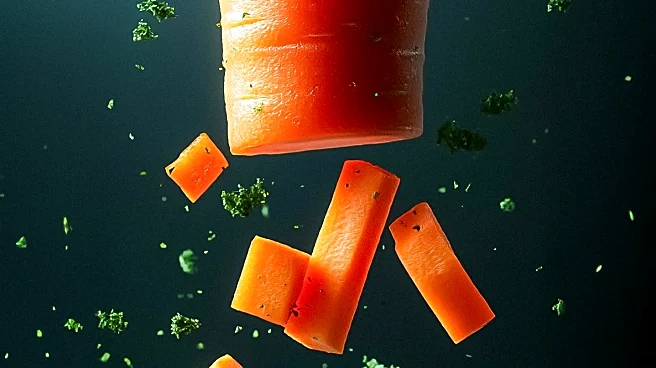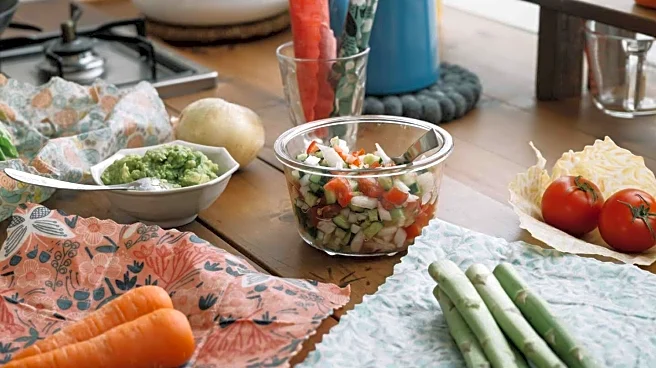What is the story about?
What's Happening?
A recent study has discovered that nanoplastics can penetrate vegetable tissues, raising concerns about food safety and human health. Researchers at the University of Plymouth used radishes to demonstrate that nanoplastics can enter roots and travel into edible parts of the plant. These particles, measuring as little as one millionth of a centimeter, are nearly invisible but potentially harmful. The study highlights a new pathway for humans and animals to consume nanoplastics, extending the issue beyond seafood and water sources. The findings suggest that nanoplastics can be absorbed by various types of produce, potentially impacting agriculture worldwide.
Why It's Important?
The discovery of nanoplastics in vegetables is significant as it suggests a new route of exposure to plastic pollution for humans and animals. This could have implications for food safety and health, as nanoplastics are difficult to detect and remove once inside biological tissues. The study underscores the interconnectedness of the food chain, where crops absorbing nanoplastics may pass them on to livestock and eventually humans. With plastic production still rising, understanding these pathways is crucial to limiting exposure and protecting ecosystems and human health.
What's Next?
Future research will need to explore whether different crops absorb nanoplastics at varying levels and what this means for nutrition and health risks. Understanding these pathways is essential to limit exposure and protect both ecosystems and people. The study calls for increased awareness and action to address plastic pollution's impact on food safety.
AI Generated Content
Do you find this article useful?
